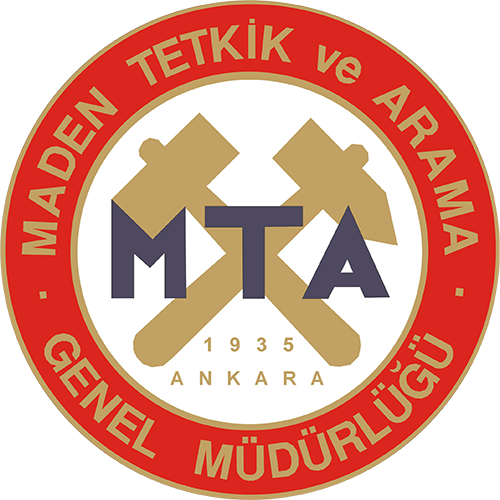Details
Active tectonics of western Kosovo: Insights from geomorphic and structural analyses
Batı Kosova’nın Aktif Tektoniği: Jeomorfik ve yapısal analizlerden elde edilen bilgiler
Indexed In
Volume 173 / April 2024Authors
Alper GÜRBÜZ, Astrit SHALA, Shemsi MUSTAFA, Aytekin ERTENKeywords
Neotectonics, Extensional Tectonics, Shkodër-Pejë Fault Zone, Balkans, Southeast Europe.Abstract
Kosovo is located in a key position in the central-west part of the Balkans providing an opportunity to understand the far-field effects of distributed intracontinental deformation caused by the Aegean extension in the south and Adriatic compression in the west. It is also situated along the NE-SW trending Shkodër-Pejë transverse zone, where the Dinarides and Albanides-Hellenides orogenic belts are juxtaposed. While the instrumental seismicity of Kosovo indicates the activity of this fault zone and many others, the active faults in the country were not discussed in detail in the current literature. In this study, we analyzed both the geomorphic and structural features of major mountain front faults in western Kosovo (i.e., Pejë, Istog, Krojmir, and Prizren faults) to reveal the relative assessment of their activities and kinematic characters. Geomorphic and morphometric analyses of all the studied four different mountain fronts indicated high activity and tectonic uplift rates of over 0.5 mm/a. On the other hand, according to the collected kinematic data from the observed fault planes, the studied faults are mainly of normal character representing a dominance of NWSE- directed extension in western Kosovo, which is most probably caused by the rollback of the subducting slab in the Hellenic trench.
Click for .pdf Türkçe .pdf için tıklayınız
